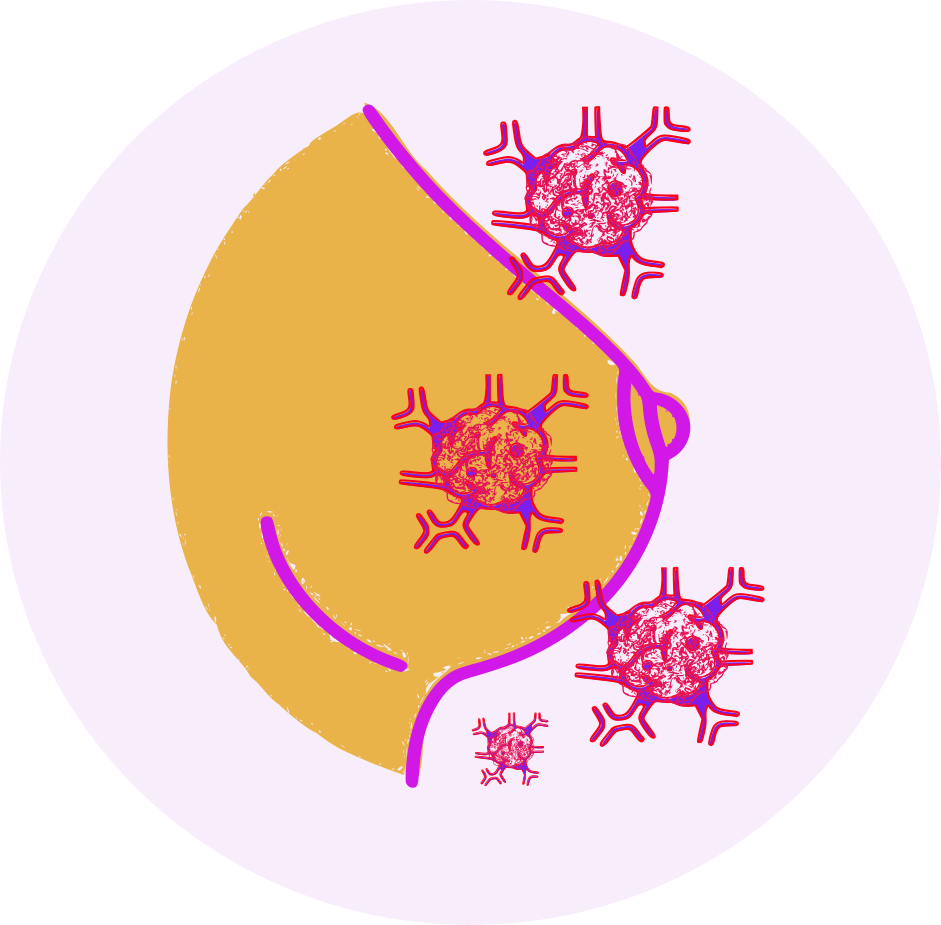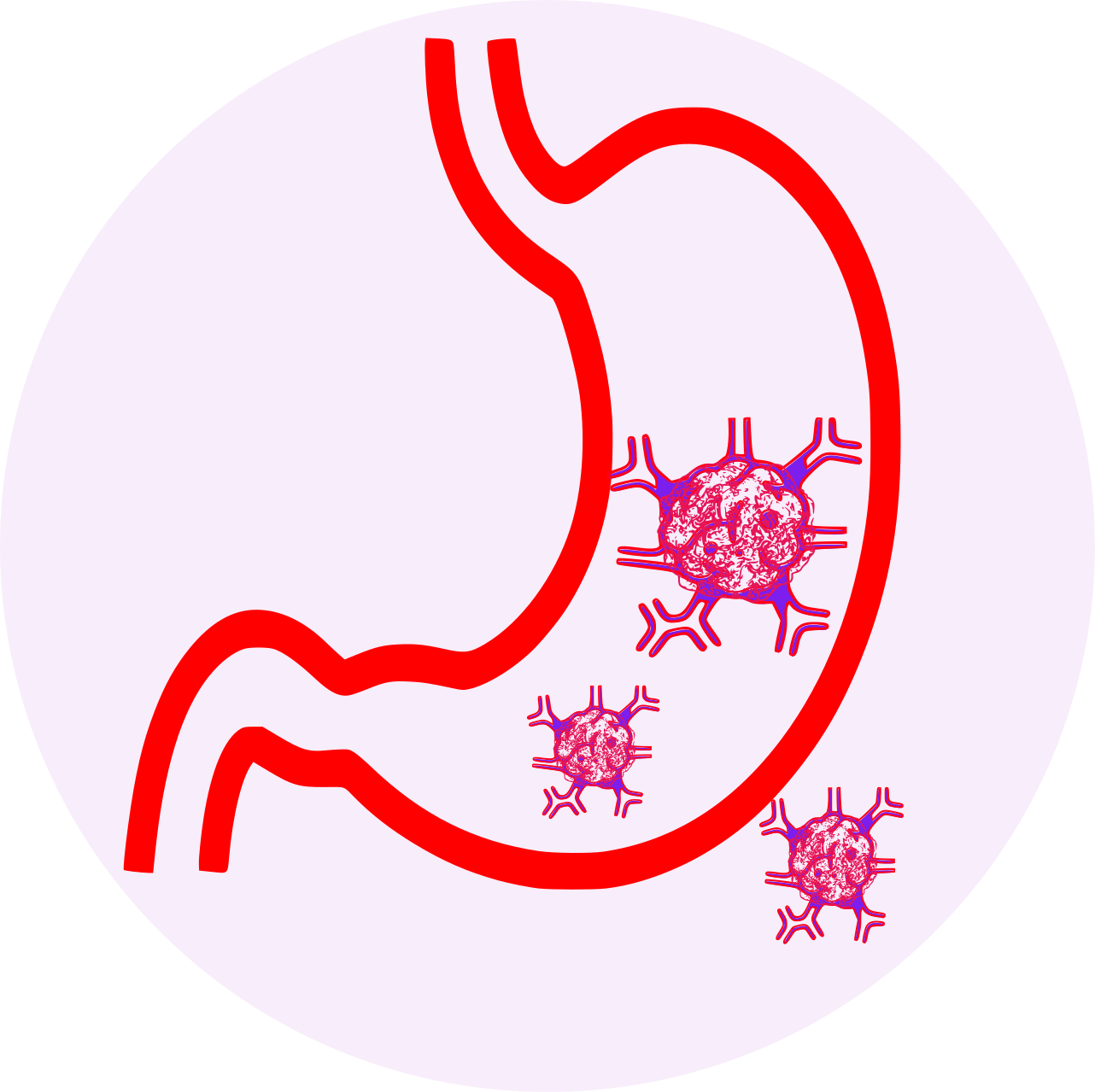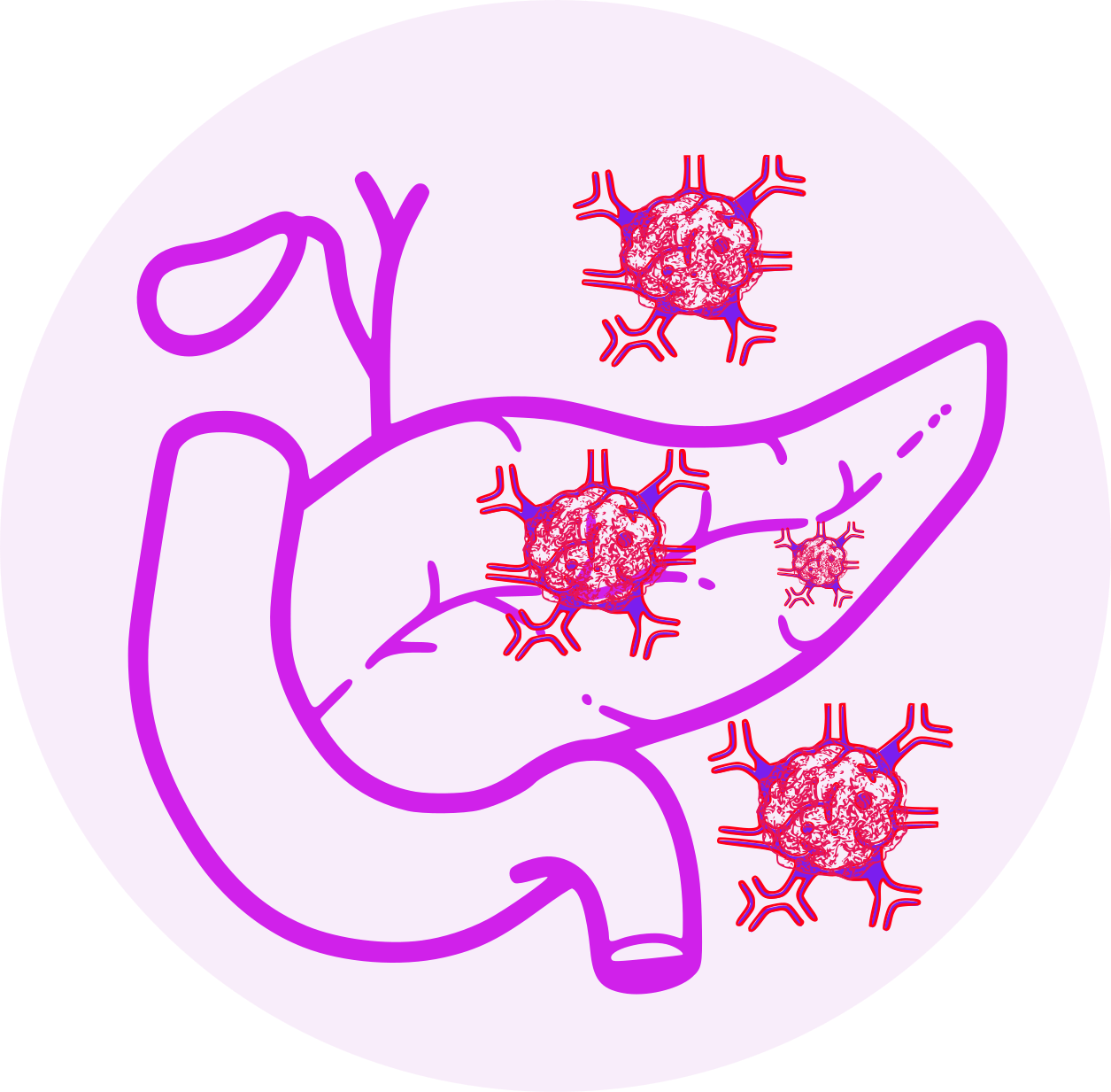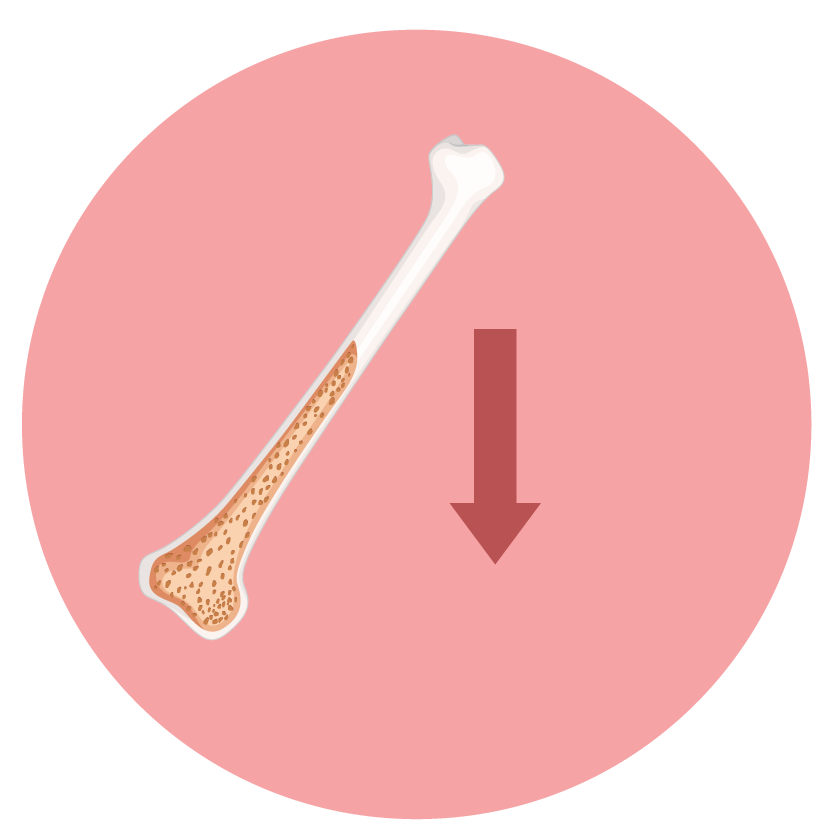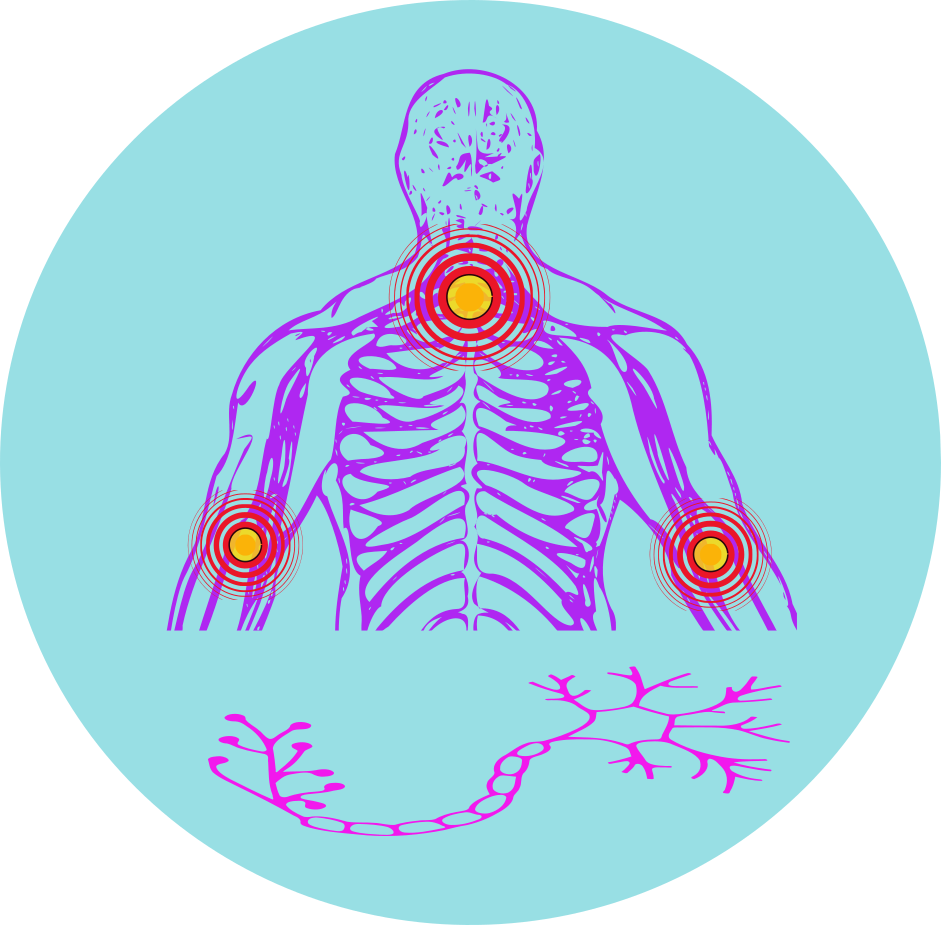| Name | Fluorouracil |
| Classes |
Anticancer/Antineoplastic Agent Dermatological/Topical Agent Antimetabolites |
| Diseases |
Breast Cancer Cancer Colon Cancer Pancreatic Cancer Rectum Cancer |
Fluorouracil
Fluorouracil is an antineoplastic agent from the class antimetabolites. Fluorouracil is a pyrimidine analog that interferes with DNA and RNA synthesis, leading to cell death. It inhibits thymidylate synthase, an enzyme essential for DNA replication.
Fluorouracil is a nucleoside metabolic inhibitor indicated for the treatment of patients with
- Adenocarcinoma of the Colon and Rectum
- Adenocarcinoma of the Breast
- Gastric Adenocarcinoma
- Pancreatic Adenocarcinoma
Recommended Dosage for Adenocarcinoma of the Colon and Rectum:
- In combination with leucovorin alone, or with leucovorin and oxaliplatin or irinotecan, fluorouracil is recommended at a dose of 400 mg/m2 via intravenous bolus on Day 1. This is followed by 2400 mg/m2 to 3000 mg/m2 administered intravenously as a continuous infusion over 46 hours every two weeks.
- For bolus dosing in combination with leucovorin, the recommended dose is 500 mg/m2 via intravenous bolus on Days 1, 8, 15, 22, 29, and 36 in 8-week cycles.
Recommended Dosage for Adenocarcinoma of the Breast:
- Fluorouracil, as part of a cyclophosphamide-based multidrug regimen, is recommended at a dose of 500 mg/m2 or 600 mg/m2 administered intravenously on Days 1 and 8 every 28 days for 6 cycles.
Recommended Dosage for Gastric Adenocarcinoma:
- In a platinum-containing multidrug chemotherapy regimen, the recommended dose of fluorouracil is 200 mg/m2 to 1000 mg/m2 administered intravenously as a continuous infusion over 24 hours. The dosing frequency and cycle length depend on the specific regimen and fluorouracil dose.
Recommended Dosage for Pancreatic Adenocarcinoma:
- Administered as an infusional regimen with leucovorin or as part of a multidrug chemotherapy regimen with leucovorin, the recommended dose of fluorouracil is 400 mg/m2 via intravenous bolus on Day 1. This is followed by 2400 mg/m2 administered intravenously as a continuous infusion over 46 hours every two weeks.
Adverse reactions associated with fluorouracil include-
- Myelosuppression (leukopenia, thrombocytopenia, anemia)
- Gastrointestinal disturbances (nausea, vomiting, diarrhea)
- Mucositis
- Hand-foot syndrome
- Dermatological reactions (rash, photosensitivity)
- Neurological effects (neuropathy, cerebellar dysfunction)
- Cardiotoxicity (chest pain, arrhythmias)
Increased Risk of Serious or Fatal Adverse Reactions in Patients with Low or Absent Dipyrimidine Dehydrogenase Activity:
- Consider withholding or permanently discontinuing fluorouracil in patients demonstrating acute early-onset or unusually severe toxicity, indicating potential near complete or total absence of dipyrimidine dehydrogenase (DPD) activity. No fluorouracil dose has been proven safe in patients lacking DPD activity.
Cardiotoxicity:
- Fluorouracil may lead to cardiotoxicity, including angina, myocardial infarction/ischemia, arrhythmia, and heart failure. In case of cardiac toxicity, withhold fluorouracil.
Hyperammonemic Encephalopathy:
- Within 72 hours of starting fluorouracil, patients may experience altered mental status, confusion, disorientation, coma, or ataxia with elevated serum ammonia levels. In such cases, withhold fluorouracil and initiate ammonia-lowering therapy.
Neurologic Toxicity:
- Fluorouracil may induce acute cerebellar syndrome, confusion, disorientation, ataxia, or visual disturbances. Withhold fluorouracil in the presence of neurologic toxicity.
Diarrhea:
- Severe diarrhea can occur with fluorouracil use. Withhold the medication until severe diarrhea resolves.
Palmar-Plantar Erythrodysesthesia (Hand-Foot Syndrome):
- Fluorouracil may cause hand-foot syndrome. If severe, discontinue fluorouracil until resolved or reduced to Grade 1, then resume at a reduced dose.
Myelosuppression:
- Severe and fatal myelosuppression may result from fluorouracil use. Withhold fluorouracil until severe myelosuppression resolves, then resume at a reduced dose.
Mucositis:
- Fluorouracil can induce severe mucositis. Discontinue fluorouracil until resolved or reduced to Grade 1, then resume at a reduced dose.
Increased Risk of Elevated INR with Warfarin:
- Concurrent use with warfarin may lead to clinically significant increases in coagulation parameters. Monitor INR and prothrombin time closely.
Embryofetal Toxicity:
- Fluorouracil has the potential to cause fetal harm. Inform females and males of reproductive potential about the potential risk to a fetus.
Contraindication
None known.
None known.
None known.
 Bangla
Bangla English
English
